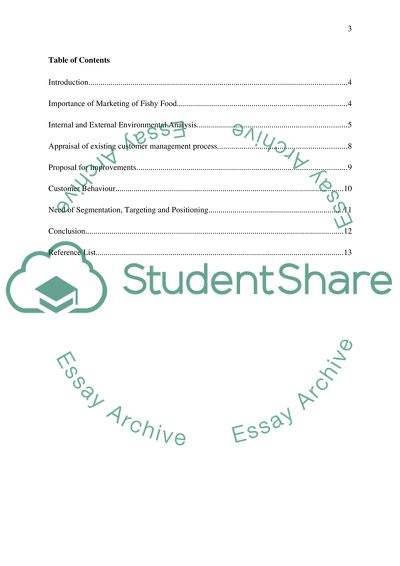Cite this document
(“Fishy Foods Essay Example | Topics and Well Written Essays - 3750 words”, n.d.)
Retrieved from https://studentshare.org/marketing/1680717-report-on-fishy-foods-business
Retrieved from https://studentshare.org/marketing/1680717-report-on-fishy-foods-business
(Fishy Foods Essay Example | Topics and Well Written Essays - 3750 Words)
https://studentshare.org/marketing/1680717-report-on-fishy-foods-business.
https://studentshare.org/marketing/1680717-report-on-fishy-foods-business.
“Fishy Foods Essay Example | Topics and Well Written Essays - 3750 Words”, n.d. https://studentshare.org/marketing/1680717-report-on-fishy-foods-business.


